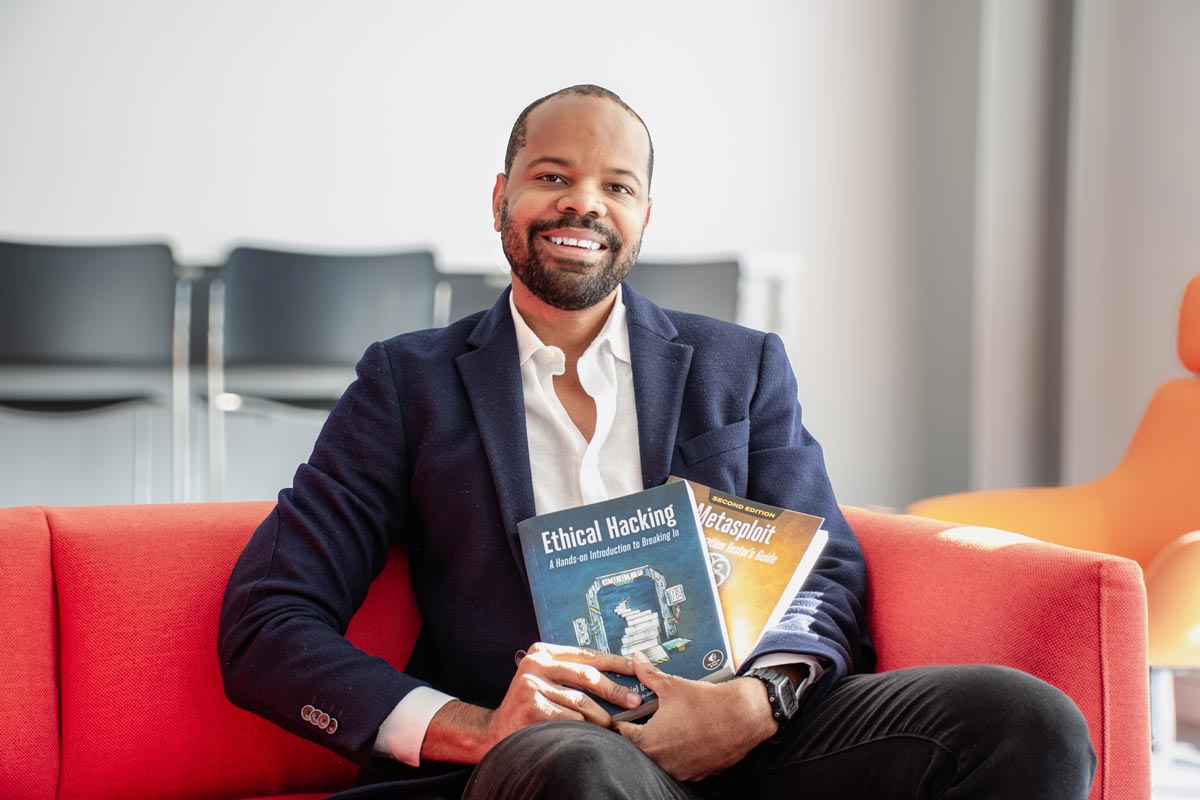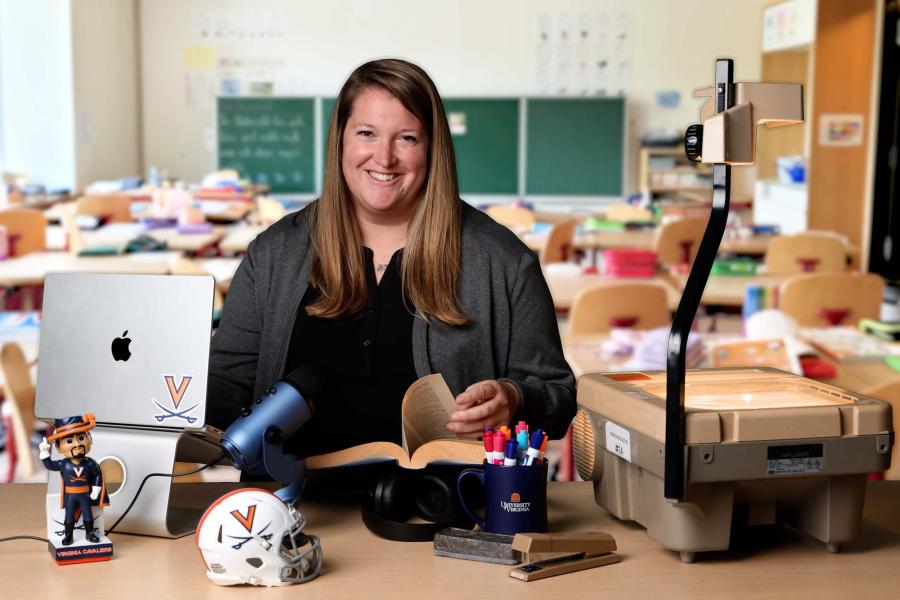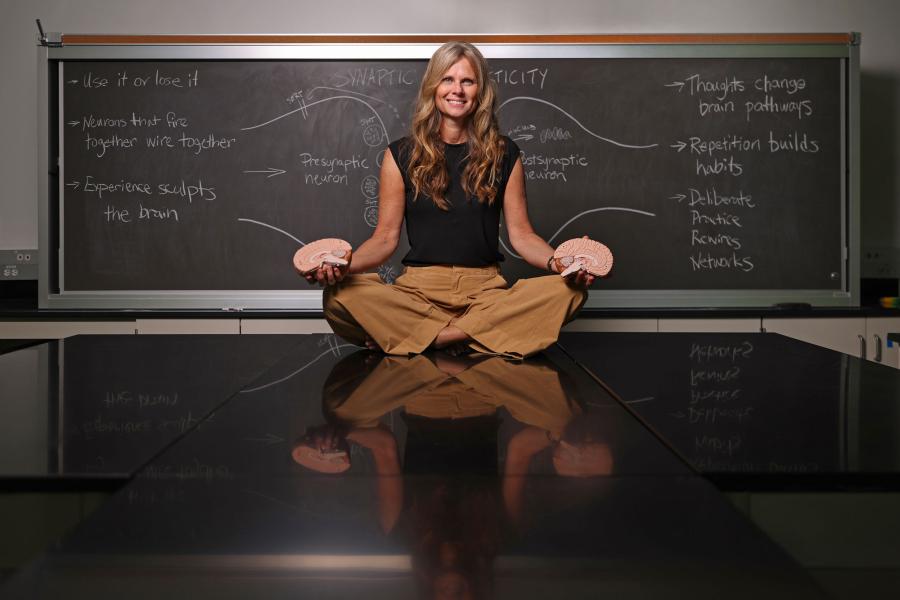When Daniel Graham, an associate professor in the University of Virginia School of Data Science, talks about the future of intelligent systems, he does not begin with the usual vocabulary of cybersecurity or threat mitigation. Instead, he focuses on quality assurance and on how to build digital and physical systems we can trust.

Graham is the author of several books, including an international bestseller on ethical hacking and the newly released second edition of “Metasploit: The Penetration Tester’s Guide.” (Contributed photo)
“We are moving toward a world where software does not just live in the digital space,” said Graham, who earned bachelor’s and master’s degrees in engineering at UVA. “It’s embodied in cars, robots, medical devices and public infrastructure. Once systems can act in the real world, the cost of failure becomes physical. So, the question is not only ‘Is it smart?’ but also ‘Is it safe, reliable and high quality?’”
Graham joined the School of Data Science in 2025 after teaching computer science for seven years. The move, he said, was a chance to refresh, collaborate with new colleagues and teach in smaller, more engaged classroom environments.
The intersection of security and safety
Graham’s research explores secure embedded systems and networks, particularly those that directly interact with the physical world, including medical devices, water treatment systems, autonomous vehicles and other forms of operational infrastructure.
Early in his career, Graham saw firsthand how vulnerabilities in software could translate into real-world consequences. Over time, this led him to view security not as a defensive activity, but as a measure of system quality and safety.
“We already know how to build incredibly powerful smart systems,” he said. “What we need now is assurance.” He emphasized that as society increasingly relies on intelligent systems to manage hospitals, transportation networks, power grids and military hardware, those systems must be dependable.
He believes the model already exists. Just as a professional engineer must sign off on the safety of a bridge, he says, future data and AI systems should require comparable review, oversight and certification.










